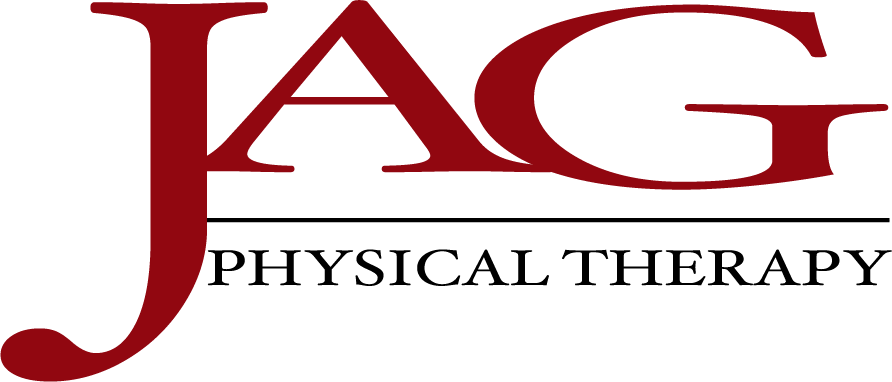A rotator cuff injury typically causes a dull, radiating ache deep in your shoulder, which worsens when raising, lowering, or rotating the arm. The pain will likely get worse at night when the arm is resting. You may also feel a cracking, clicking, or popping sensation with certain arm movements.
In some cases, an arm affected by a rotator cuff injury becomes generally weak and unable to function or move normally. You may have trouble performing everyday manual activities such as getting dressed, lifting items, brushing your teeth, and driving. Rotator cuff complications can even lead to permanent loss of the shoulder’s range of motion.
The good news is that injuries to the rotator cuff are treatable. Depending on the cause or extent of the injury, simple rehabilitation exercises can quickly get your arm back into shape. However, your rehabilitation should always be guided by a qualified physical therapist who can advise you on the steps you may need to take and monitor your healing progress.
Schedule an appointment at a JAG PT location in NJ, NY, or PA today to get started on the road to rotator cuff pain relief, or read further to learn more about how to treat this sensitive area of the shoulder.
What Are Rotator Cuff Injuries, and Why Do They Require Specialized Rehabilitation?
A rotator cuff injury occurs when the tendons or muscles securing the head of the upper arm bone (humeral head) to the shoulder socket (glenoid fossa) get inflamed or weaken.
Most rotator cuff injuries stem from overuse and wear and tear on shoulder tendons and muscles over time. However, some injuries are trauma-related due to vehicle accidents, mishaps playing sports, or other causes. Rotator cuff problems can come from torn tendons, dislocated shoulder joints, or broken collarbones.
Specialized rehabilitation gets to the root cause of your rotator cuff injury. Rather than treating just the symptoms, PT for the rotator cuff seeks to heal the injury, restoring the arm’s range of motion, strength, and functions.
What Exercises and Stretching Techniques Can Aid in Rotator Cuff Rehabilitation?
Stretching exercises condition the muscles to tolerate a greater degree of extension and prevent stiffness. Gentle stretching techniques can also improve your shoulder’s flexibility after a rotator cuff injury.
Here are three examples of simple stretching exercises that can help in rehabilitating an injured rotator cuff. These exercises should be performed as part of a personalized treatment plan:
Pendulum Swing
- Bend over at about 90° and place one hand on a table, bench, chair, or railing for support while keeping your back and knees straight.
- Let the other arm hang freely, pointing down.
- Lightly move the free arm back and forth, then from side to side about 3–10 times.
- Bring your arm to rest in the starting position and move it in small circles another 3–10 times in either direction (clockwise and counter-clockwise).
- Repeat the exercise with the other arm.
Standing Row
- Attach one end of a 3-foot-long elastic band to a stationary point and stand in front of it.
- Hold the other end in your hand, with the elbow bent at 90° at your side.
- Ensure there’s little to no slack in the elastic band.
- Pull your elbow as far back as you can.
- Do 3 sets of 8 reps and switch arms.
Crossover Arm Stretch
- Stand up straight and relax your shoulders.
- Stretch one arm straight across your chest as far as you can.
- With the other hand, push against the elbow area and relax your forearm.
- Hold the position for 5–10 seconds. You should feel a stretch at the back of your shoulder.
- Repeat the exercise a few times.
- Switch to the other arm and do the same.
What Professional Treatment Options Are Available for Rotator Cuff Injuries?
Treatments for rotator cuff injuries vary from case to case, depending on the cause and extent of the injury. Options may range from prescription drugs, steroid injections, and surgery to rehabilitative physical therapy.
Supervised rehabilitation programs focus on restoring normal function, strength, and flexibility in the injured shoulder joint. At JAG PT, we offer a personalized treatment plan to address the needs of patients with a rotator cuff injury and complement other treatments.
How Can JAG Physical Therapy Assist in Rotator Cuff Rehabilitation?
The JAG PT team will walk you through the recovery process by offering professional guidance, hands-on physical therapy, and ongoing support. We provide all our patients with everything they need to begin restoring shoulder health and rotator cuff function.
Restore Shoulder Functionality with JAG Physical Therapy
JAG Physical Therapy is your trusted partner in rotator cuff injury rehabilitation. Our certified, professional physical therapists will work closely with you to restore your arm’s full range of motion and strength, no matter the kind or extent of injury in your rotator cuff. Contact us today, book an appointment, or find your nearest clinic location in New York, New Jersey, or Pennsylvania.
Learn More from JAG PT:
- Exercises to Relieve Shoulder Pain
- The Importance of Athletic Trainers on Sports Teams
- What is Dry Needling?
- Aviod Injuries While Playing Tennis
